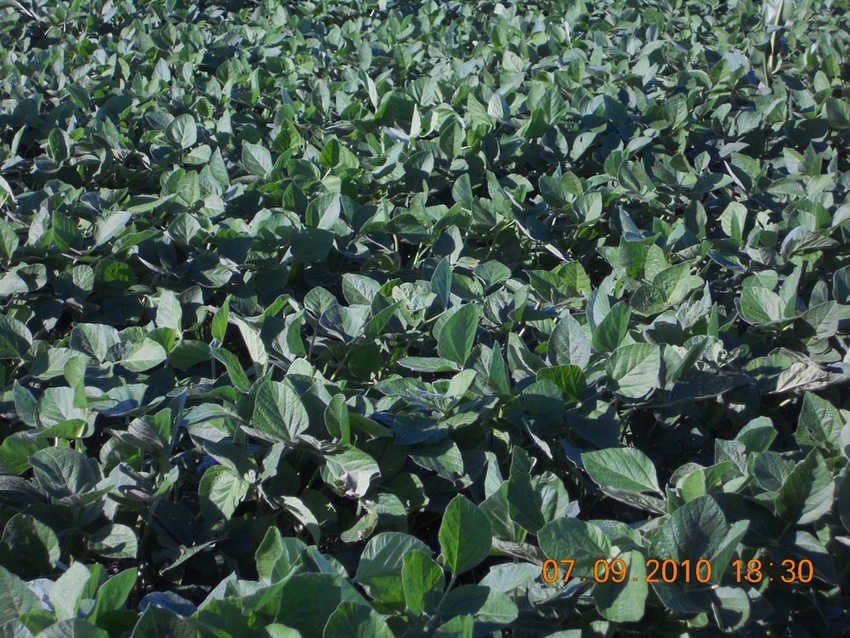March 6, 2013

While locking down revenue crop insurance may be top of mind, farmers also should look hard at marketing 25-30% of their soybeans before planting, says Chris Hurt, Purdue University Extension economist and grain marketing specialist. The $12.87/bu. insurance floor for soybeans was determined by the February Chicago Board of Trade November 2013 soybean futures contract price.
“It was a strong insurance price,” Hurt says. “So the tendency is to not do much forward contracting at prices below that. But $13 cash beans is a place where we’ll see some marketing activity. We still suggest that growers be 25-30% forward priced by planting time.”
Drought can again influence prices. But worries over another drought have eased for some. Much of the eastern and central Corn Belt have sufficient moisture for planting. But the western belt remains too dry.
“Weather is a certain factor,” Hurt says. “If drought continues into the summer in the western Corn Belt, we could see higher prices. So for growers who get part of their beans marketed early, don’t eliminate all upside possibilities.
“If they forward contract that 25-30%, they may look at call options to leave the upside open. Consider strike prices $1-1.50 higher than the futures price, in case dry weather persists.”
Market volatility for soybeans and corn still has some growers deciding on their rotations. “A lot are already 52-54% corn (planted acres) and about 47% beans,” Hurt says, referring to farmers in Indiana, Illinois, Iowa and Minnesota. “But our agronomists say they should be careful. If they go too monoculture, there could be greater disease and insect pressure.
“They can see some yield drag. So we end up saying that rotation to beans is better than corn-on-corn.”
The Purdue economist sees strong export demand for beans. “All signs point pretty positive,” he says. “The Chinese economy still has a strong growth rate and demand for soybeans.”
Bill Devens, lead contributor to the report, Bringing Transparency to the Chinese Oilseed Processing Sector, notes at SoyaTech.com: “China’s demand for agricultural products is likely to remain strong in the future. Yet, for various reasons its domestic agricultural sector cannot meet the growing demand for oilseeds which means that China will have to increasingly rely on imports for its oilseed supply.”
Hurt adds, “The U.S. crush has been good. Also, EPA is continuing to look at biodiesel for growth to meet the Renewable Fuel Standard (hurt by less corn-based ethanol production). That’s good for soybean oil.”
Like others, Hurt will be watching the USDA March 28 planting intensions report. “Some people are talking that if it’s going to be dry, beans may be a better bet,” he says. “So we don’t see the buying of all those corn acres that were talked about earlier. I don’t see a lot of shifting (in corn and soybean planted acres).”
About the Author(s)
You May Also Like




